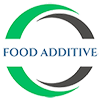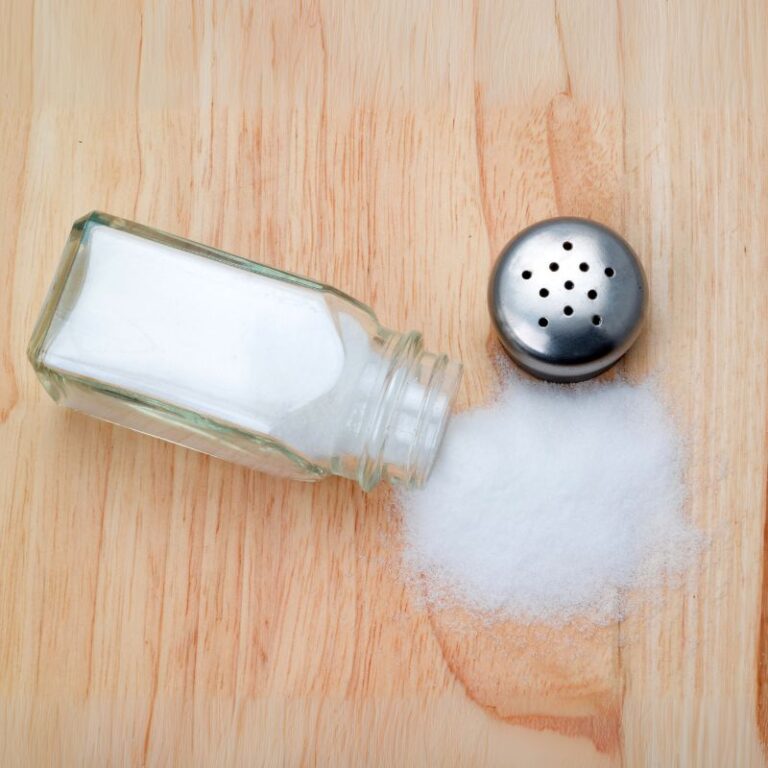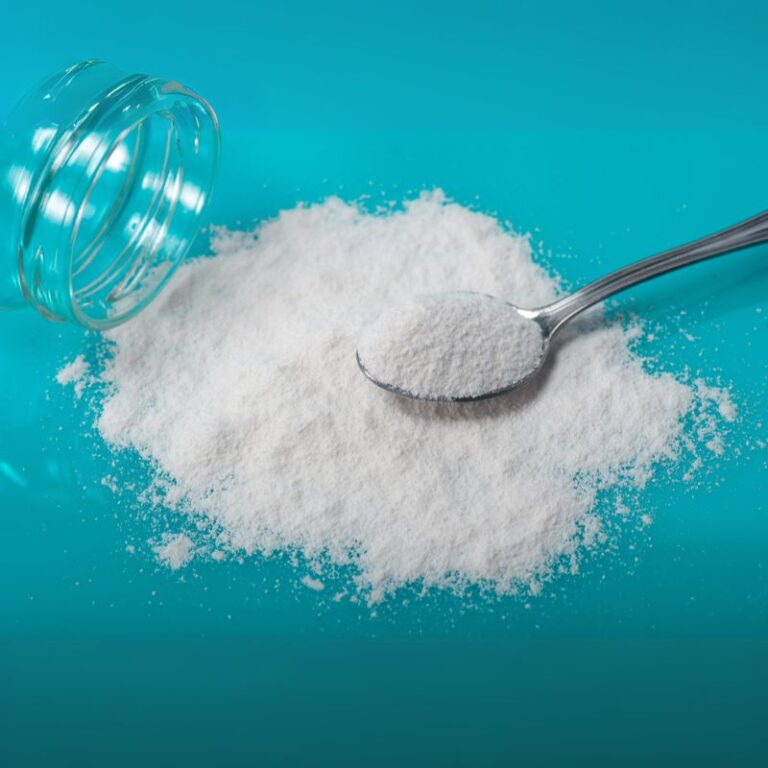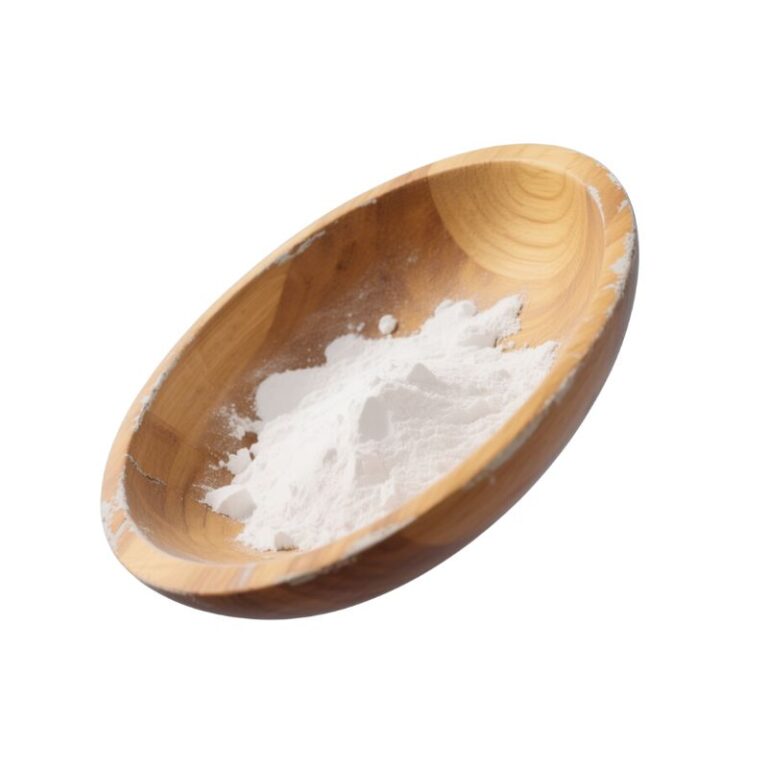-
Liutang Town Industrial Park, Liucheng County, Guangxi
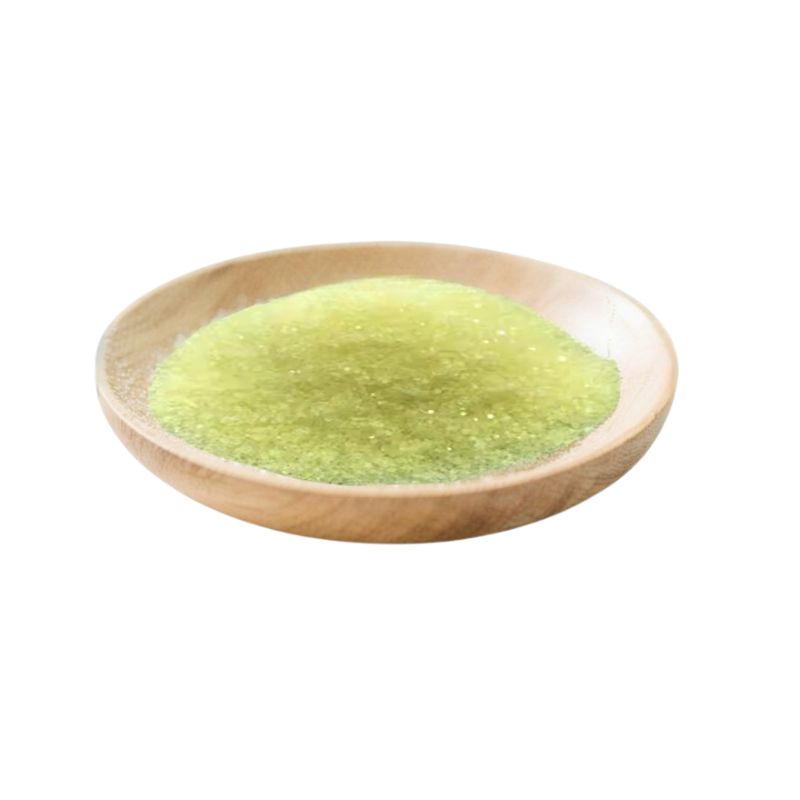
Potassium Ferrocyanide in Salt: A Real Look at This Common Food Additive
Potassium ferrocyanide (E 536) appears in many table salt products. It may look odd since it has “cyanide” in the name. But ferrocyanide in salt is safe. It stops salt from clumping. It acts as a simple anticaking agent.
This post digs into what potassium ferrocyanide really is. We explain how it works. We mention what global food regulators say. We compare it to sodium ferrocyanide and calcium ferrocyanide. We look at toxicity and approvals. And we answer whether you should worry.
1. What is Potassium Ferrocyanide and why it’s in salt?
Potassium ferrocyanide is also known as potassium hexacyanoferrate. It carries the E‑number E 536. Manufacturers add it to salt. It stops lumps by absorbing less moisture. In humid storage the salt stays free‑flowing. That helps packaging and use in kitchen.
The ferrocyanide in salt sits as a stable complex ion. It stays put. It won’t release free cyanide under normal cooking. That matters for food grade applications.
2. How does potassium ferrocyanide act as an anticaking agent?
Potassium ferrocyanide forms a thin film on crystals. That film blocks water. Salt crystals don’t stick together. They remain dry and pourable.
Other ferrocyanide compounds do the same job. Things like sodium ferrocyanide (E 535) and calcium ferrocyanide (E 538) also guard salt against caking (ScienceDirect, Stanford Advanced Materials, PubMed,). Regulators reviewed them. They found no effect on taste or color. Only practical benefit remains (FSSAI).
3. What role does sodium play in related additives?
Potassium ferrocyanide itself lacks sodium. But a cousin additive—sodium ferrocyanide—does contain sodium. That one gets E‑number E 535. It works the same way. It also prevents cake in table salt and salt substitutes.
Sodium ferrocyanide appears in regular sodium chloride salt. Potassium ferrocyanide shows up more in potassium chloride salt mixes. These help people reduce sodium intake. For those with high blood pressure, such salt substitutes work better.
4. How compare potassium, sodium and calcium ferrocyanide?
Potassium, sodium and calcium ferrocyanide belong to the same family. They differ by the metal: potassium, sodium or calcium. Each has its proper E‑number: E 535, E 536, E 538.
EFSA confirmed that all three are authorised only in salt and salt substitutes in EU markets. Manufacturers follow strict rules. They ensure each additive meets purity standards.
Potassium ferrocyanide trihydrate gets made by reacting sodium ferrocyanide with calcium hydroxide and potassium carbonate. That yields a stable, food grade material. Food producers use it widely.
5. Is potassium ferrocyanide safe for people?
Yes. Regulators say it’s safe — at approved levels. The ferrocyanide anion holds cyanide tightly. It doesn’t free toxic cyanide under normal conditions—even in digestion or mild cooking (Chemistry Stack Exchange).
Animal tests show it doesn’t irritate skin or eyes. It doesn’t sensitize skin. Human risk remains near zero in typical exposure (ResearchGate, ResearchGate). Although nickel traces may cause sensitization for some users. But for salt use, risk is negligible.
6. What international authorities say on food safety?
Global bodies — like EFSA, JECFA, and WHO — all deem potassium ferrocyanide safe. EFSA re‑evaluated E 535, E 536 and E 538 in 2018. They concluded no safety concern at authorised use levels (ScienceDirect, EFSA Journal).
Similarly, Food Safety Focus from Hong Kong clarified misinformation. They said ferrocyanides don’t release cyanide in cooking temperature. There’s no safety concern under normal use.
7. What did EFSA say in re‑evaluation of sodium ferrocyanide?
EFSA’s panel reviewed sodium ferrocyanide (E 535) carefully. They then applied findings also to potassium ferrocyanide and calcium ferrocyanide. The result: all are safe as anticaking agents in salt.
EFSA confirmed that potassium ferrocyanide used as food additive shows no adverse effects— when consumed at regulated levels. Lipid oxidation remains negligible (EFSA Journal).
8. What are allowed usage levels of potassium ferrocyanide?
In feed and salt use, EFSA allows up to 150 mg ferrocyanide anions per kg of potassium chloride or sodium chloride (EFSA Journal). For table salt aimed at human diet, typical limits are around 13 to 20 mg/kg (Metrohm, FSSAI). Producers usually use lower amounts.
These levels get set based on body weight exposure studies. They protect consumers over a lifetime. Real life intake is far below concern limits.
9. Any safety concern about cyanide in salt?
The word “cyanide” scares people. But potassium ferrocyanide used as anticaking agent is not potassium cyanide. That is a deadly poison.
Ferrocyanide binds cyanide tightly to iron. That bond holds strong under kitchen heat or stomach acid. It will only free cyanide in extremes (like molten heat or strong acid) — not found in cooking or digestion (Chemistry Stack Exchange, Sciencemadness).
Expert commentary confirms: we are not “one reaction away” from cyanide poisoning when eating salt with ferrocyanide (Chemistry Stack Exchange).
10. Should consumers worry about potassium ferrocyanide in table salt?
No, not really. In day‑to‑day use, you ingest negligible amount. Regulators around the world vetted it. They allow only trace levels. And they review it periodically.
If label says E 536, don’t panic. It protects salt quality. It doesn’t harm. Use it or choose additive‑free salt if you wish. But toxicity risk is practically none.
